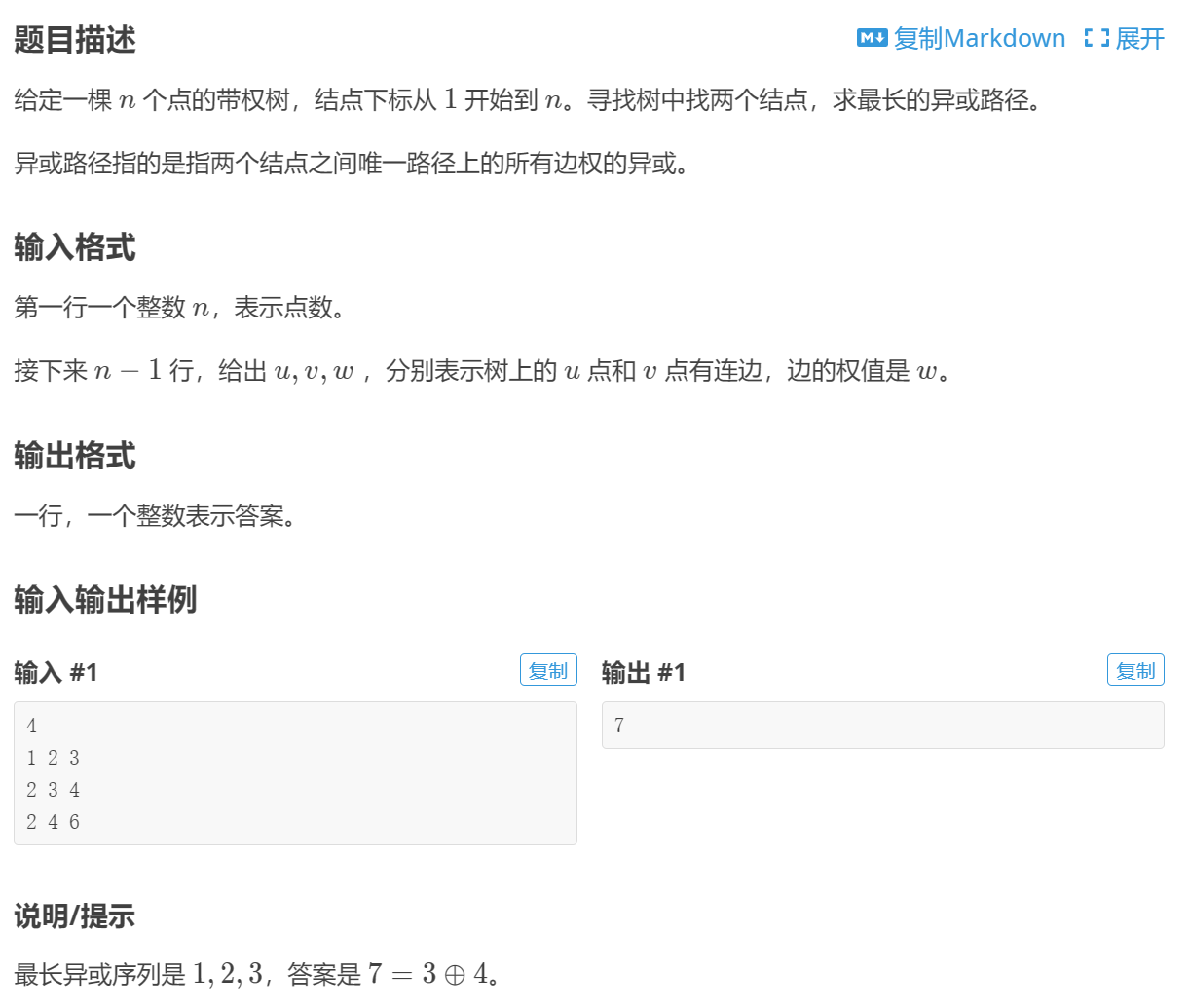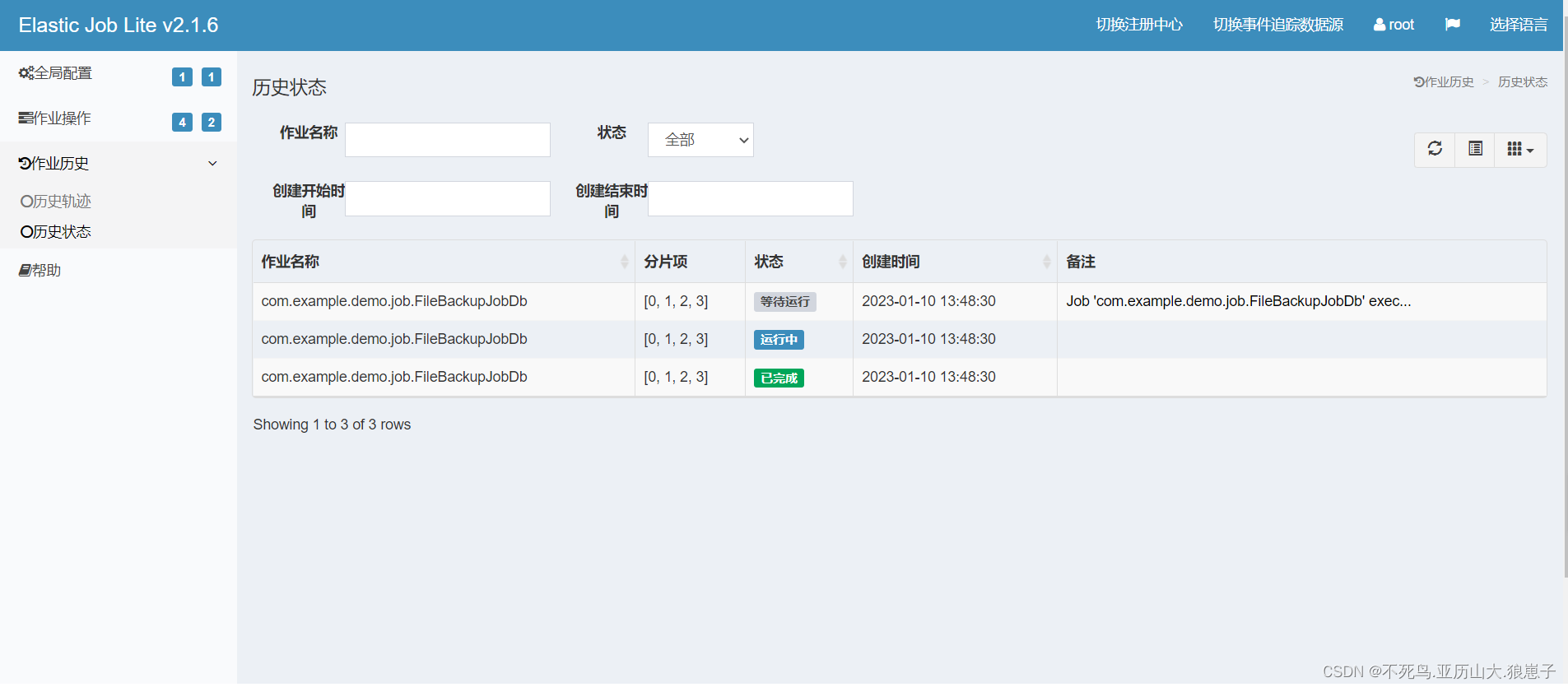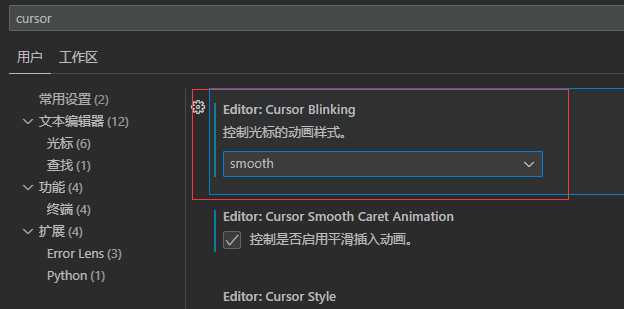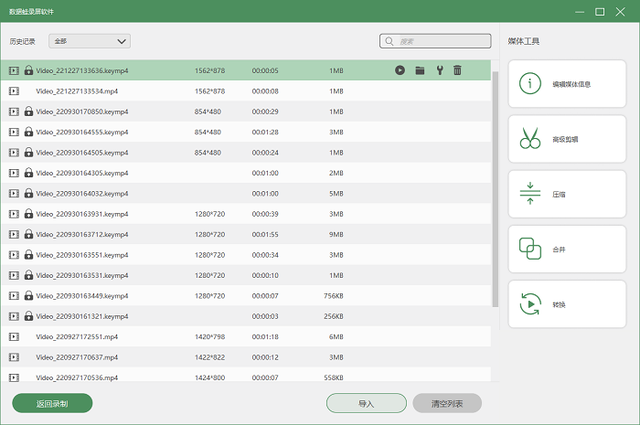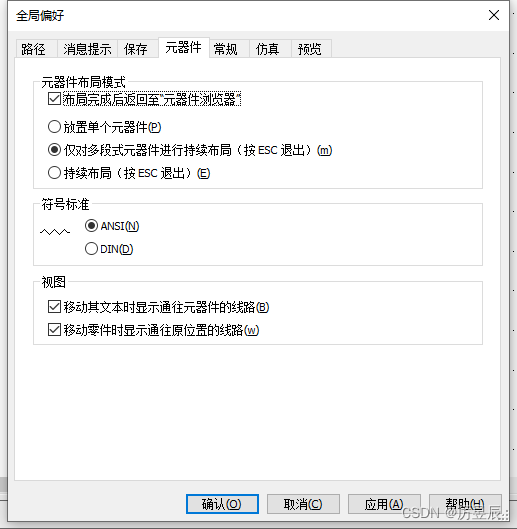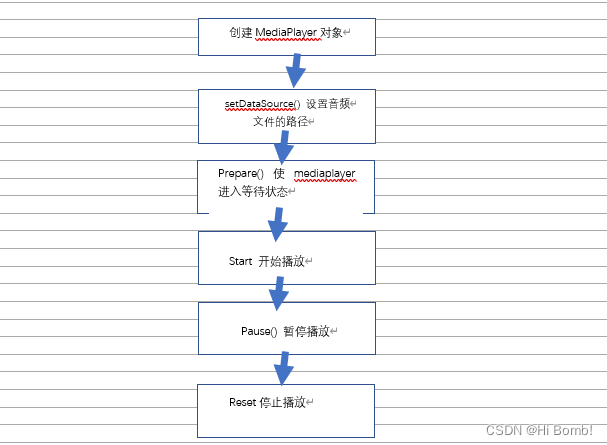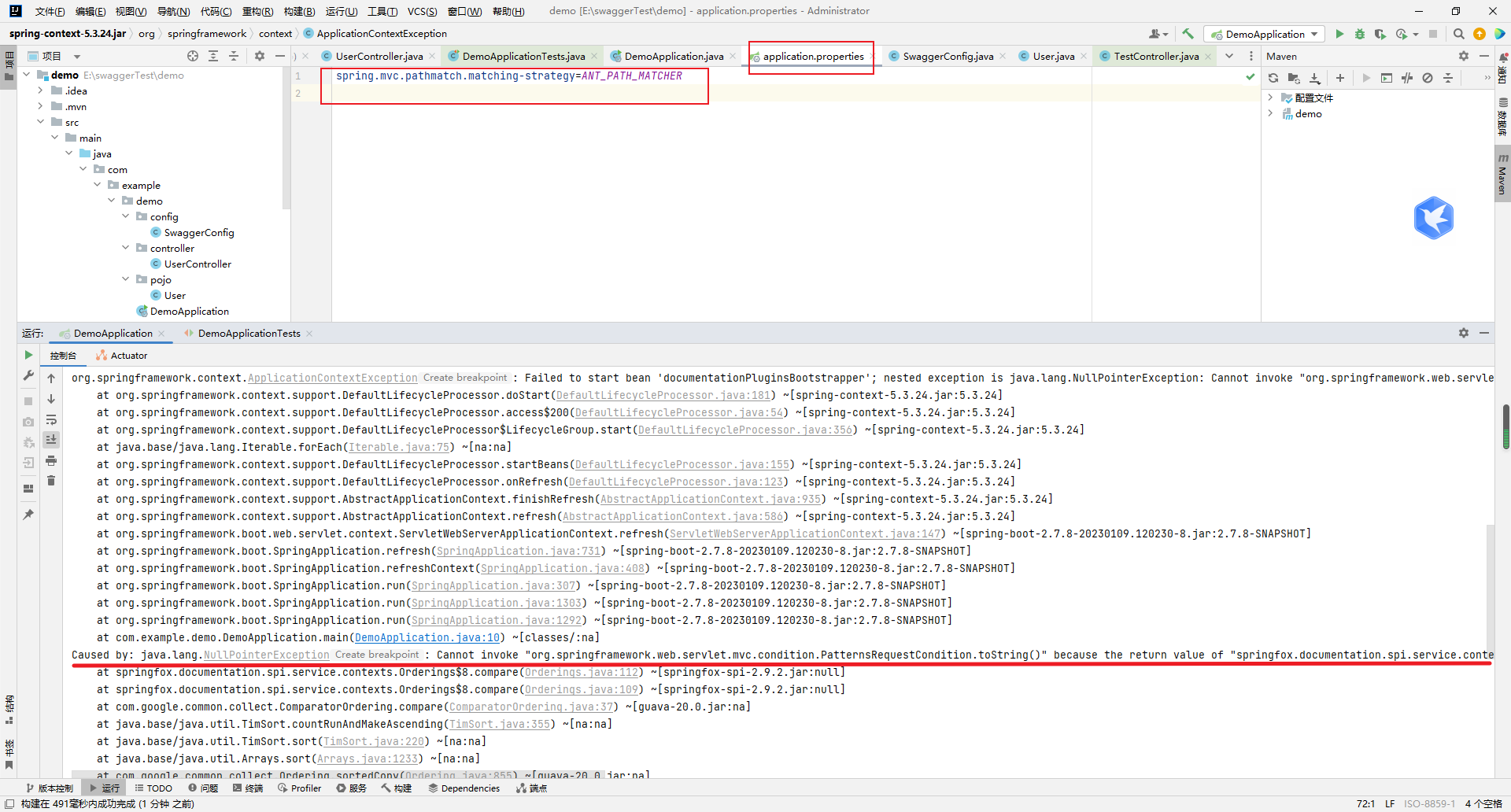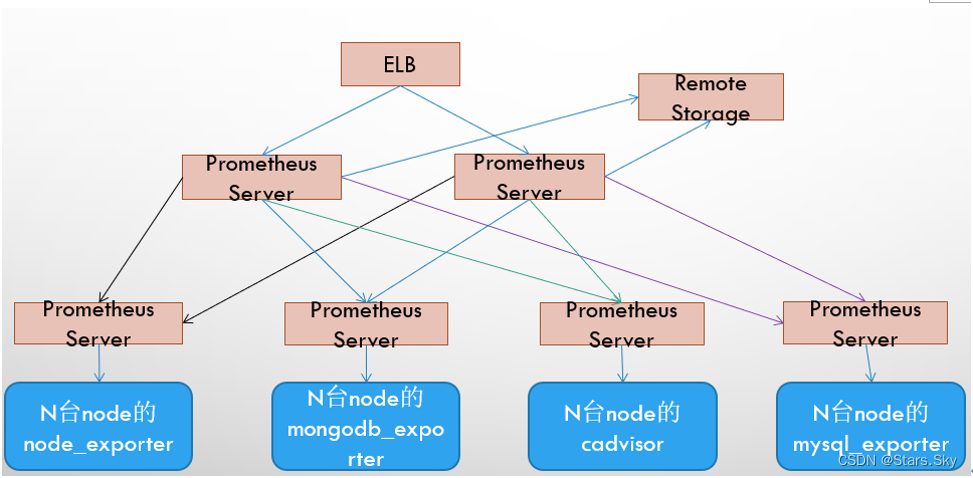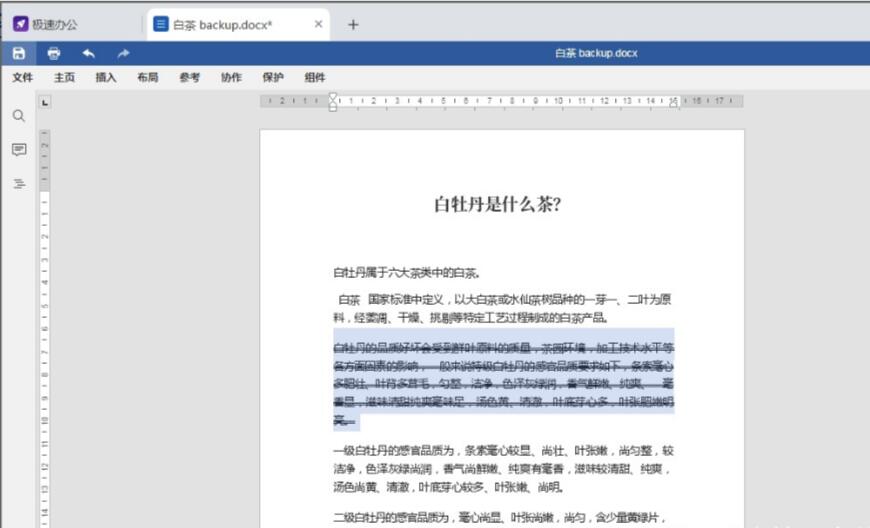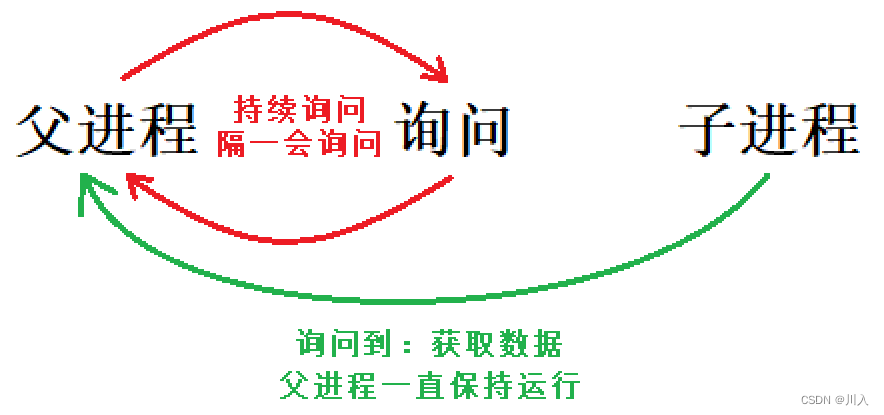目录
💥1 概述
📚2 运行结果
🎉3 参考文献
👨💻4 Matlab代码
💥1 概述
本文采用蝙蝠算法、粒子群优化、花轮询算法和布谷鸟搜索算法,对管壳式换热器的控制系统进行了建模和计算机仿真。为了评估不同调整方法的性能,本文比较了生成的八个网格设置中的阶跃响应瞬态值。它还使用文献中提出的性能指标对这两种类型的网格进行了比较,通过蝙蝠算法优化的系统获得了与粒子群优化、布谷鸟搜索算法和花朵轮询算法相关的最佳瞬时值。性能指标FPA和PSO获得了较好的结果。
📚2 运行结果
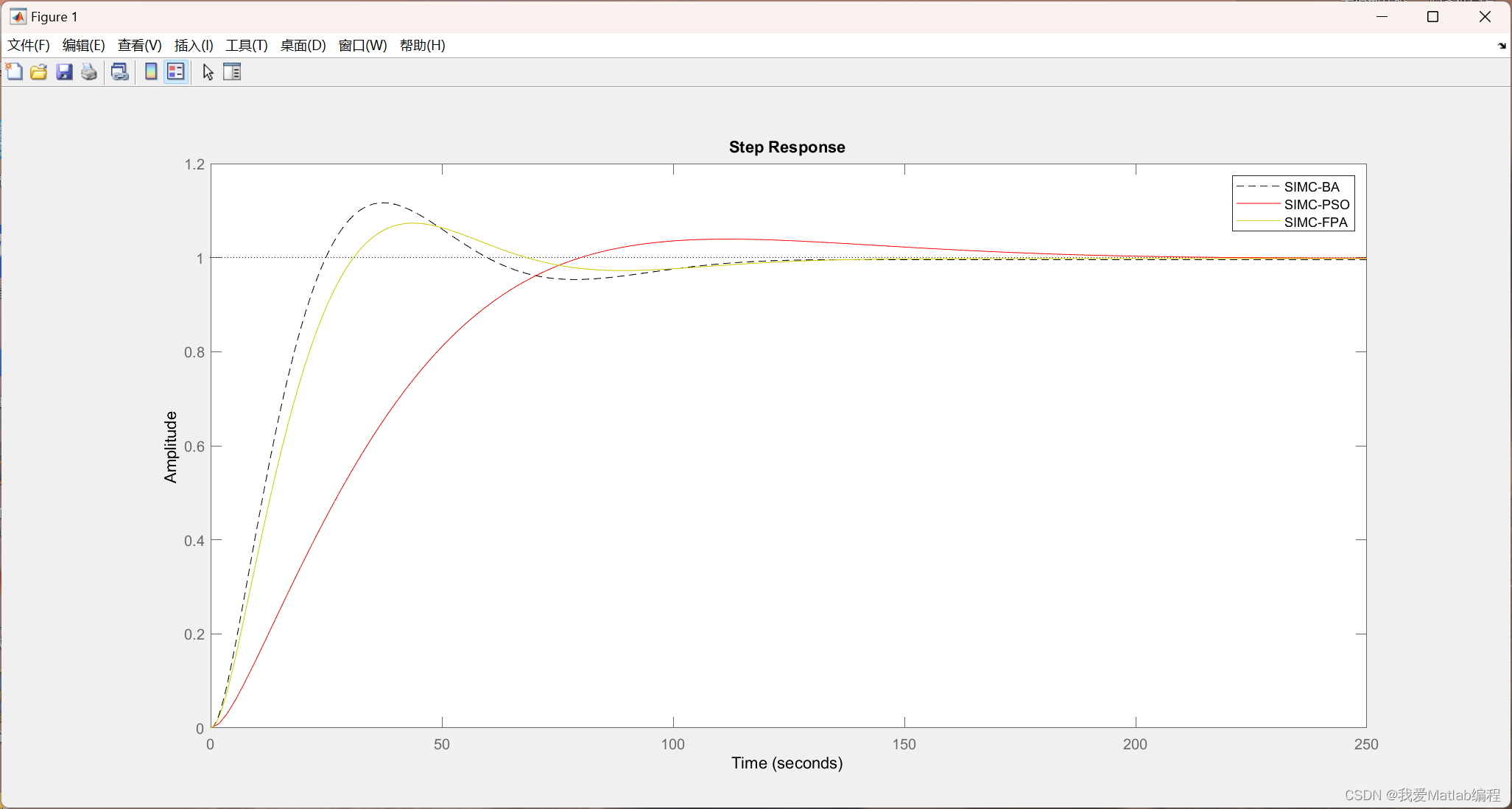
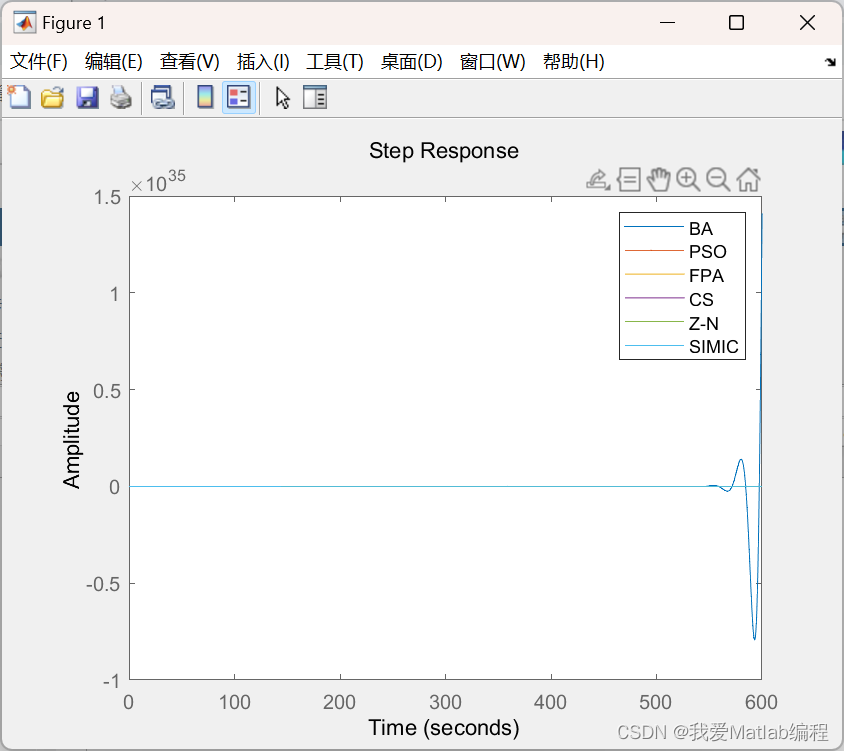
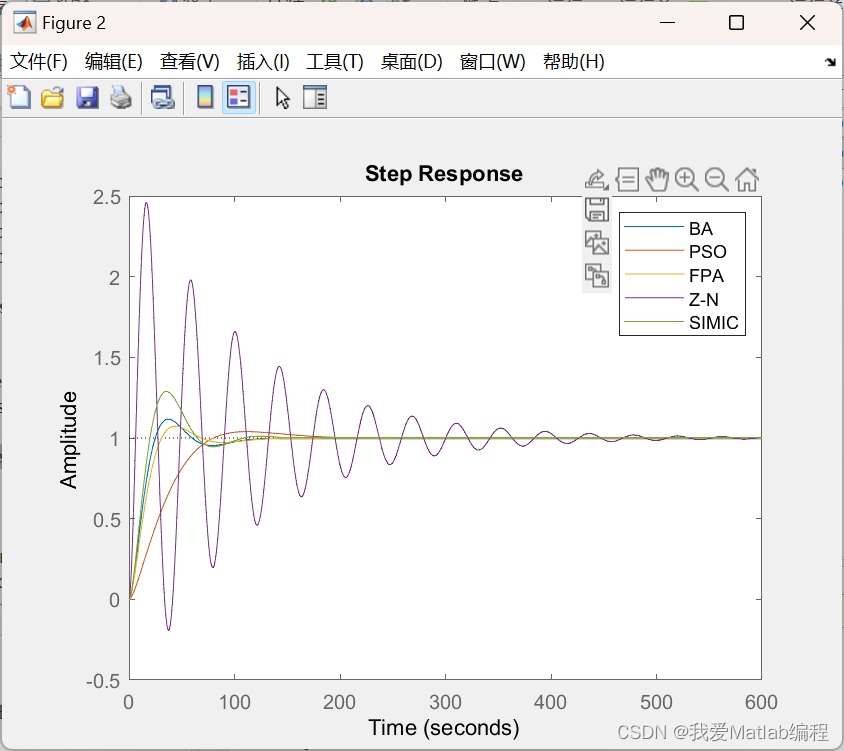
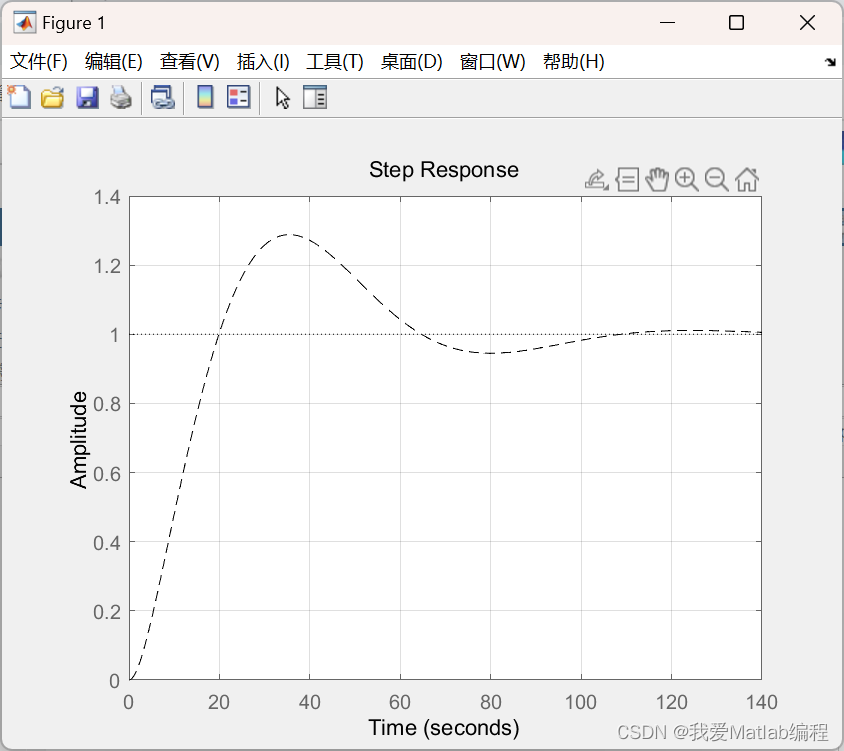
🎉3 参考文献
[1]杨明昊,李云龙.基于热交换优化算法的多阈值图像分割方法[J].科技创新与生产力,2019(05):57-59.
👨💻4 Matlab代码
主函数部分代码:
%% Simple bounds of the search domain
% Lower bounds
nd = 2;
Lb = 0.5*ones(1,nd).*C;
% Upper bounds
Ub = 2*ones(1,nd).*C;
% Random initial solutions
for i=1:n,
nest(i,:)=Lb+(Ub-Lb).*rand(size(Lb));
end
% Get the current best
fitness = 10^10*ones(n,1);
[fmin,bestnest,nest,fitness] = get_best_nest(nest,nest,fitness);
N_iter=0;
%% Starting iterations
for iter = 1:N_IterTotal,
% Generate new solutions (but keep the current best)
new_nest = get_cuckoos(nest,bestnest,Lb,Ub);
[fnew,best,nest,fitness] = get_best_nest(nest,new_nest,fitness);
% Update the counter
N_iter=N_iter+n;
% Discovery and randomization
new_nest = empty_nests(nest,Lb,Ub,pa) ;
% Evaluate this set of solutions
[fnew,best,nest,fitness] = get_best_nest(nest,new_nest,fitness);
% Update the counter again
% Find the best objective so far
if fnew<fmin,
fmin=fnew;
bestnest=best;
end
fprintf('IT: %d\n',iter);
fprintf('ISTSE: %f\n',fmin);
end %% End of iterations
